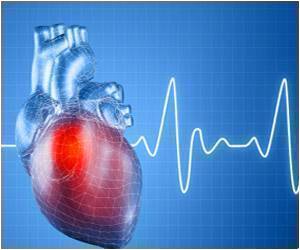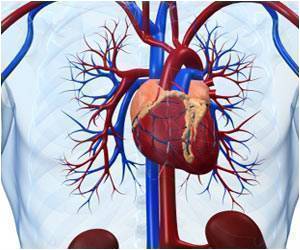The boom in the new cases of genetic disease Noonan Syndrome has now been explained by the scientists at USC; a gene mutation that increases the production of the father's sperm that is diseased

Noonan Syndrome is among the most common genetic diseases with a simple inheritance pattern. About one of every 4,000 live births is a child with a new disease mutation. The disease can cause craniofacial abnormalities, short stature, heart defects, intellectual disability and sometimes blood cancers.
By examining the testes from 15 unaffected men, a team led by USC molecular and computational biologists Norman Arnheim and Peter Calabrese found that the new mutations were highly clustered in the testis, and that the overall proportion of mutated stem cells increased with age. Their computational analysis indicated that the mutation gave a selective edge over non-mutated cells.
"There is competition between stem cells with and without the mutation in each individual testis," said Arnheim, who has joint appointments at the USC Dornsife College of Letters, Arts and Sciences and the Keck School of Medicine of USC. "But what is also unusual in this case is that the mutation which confers the advantage to testis stem cells is disadvantageous to any offspring that inherits it."
The new findings also suggest an important new molecular mechanism to explain how certain genetic disease mutations can alter sperm stem cell function leading to exceptionally high frequencies of new cases every generation.
Advertisement








